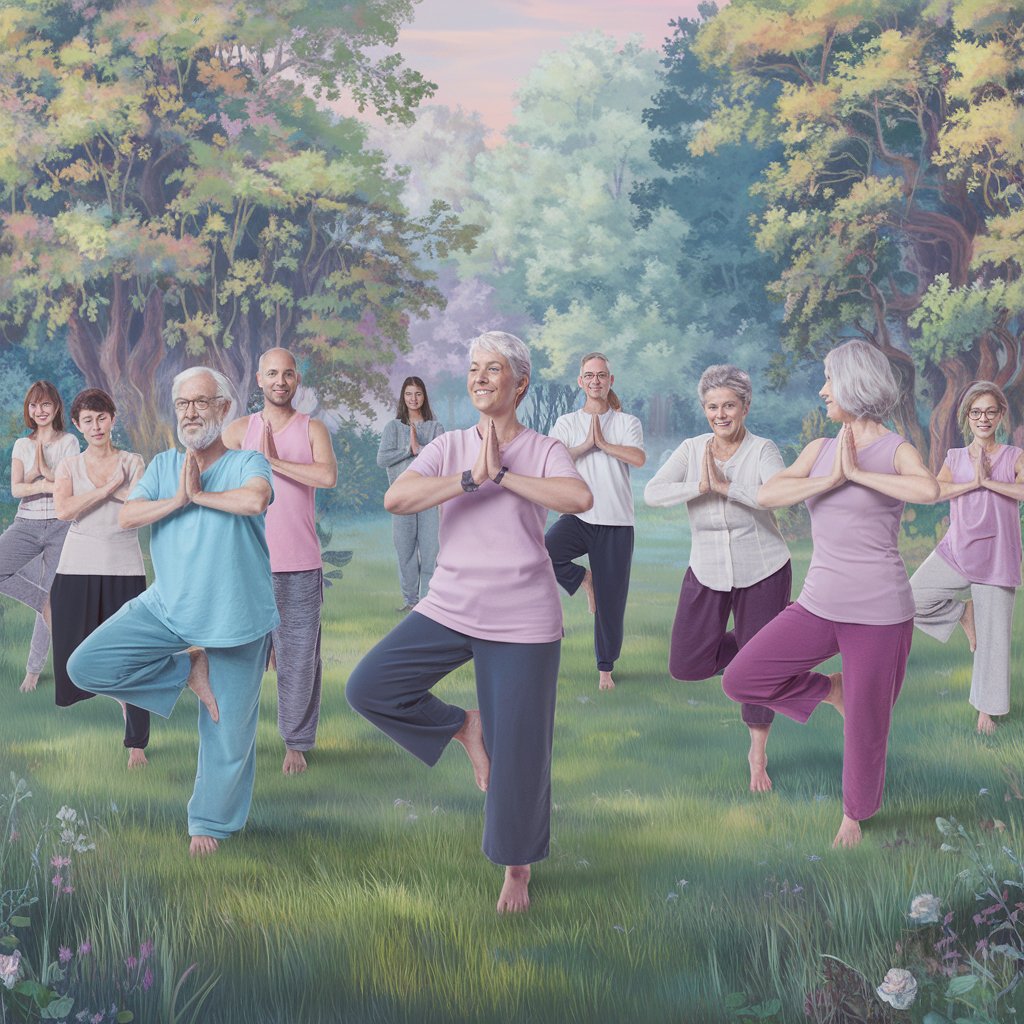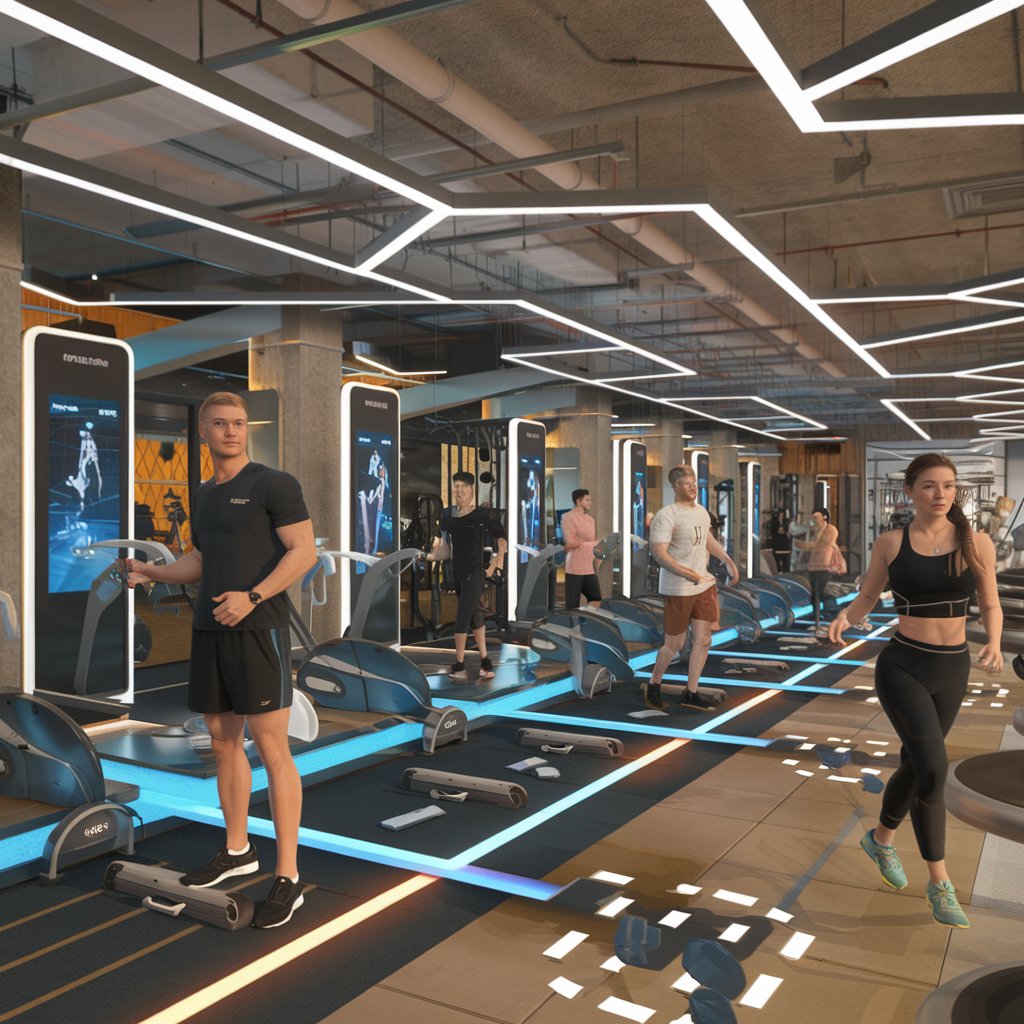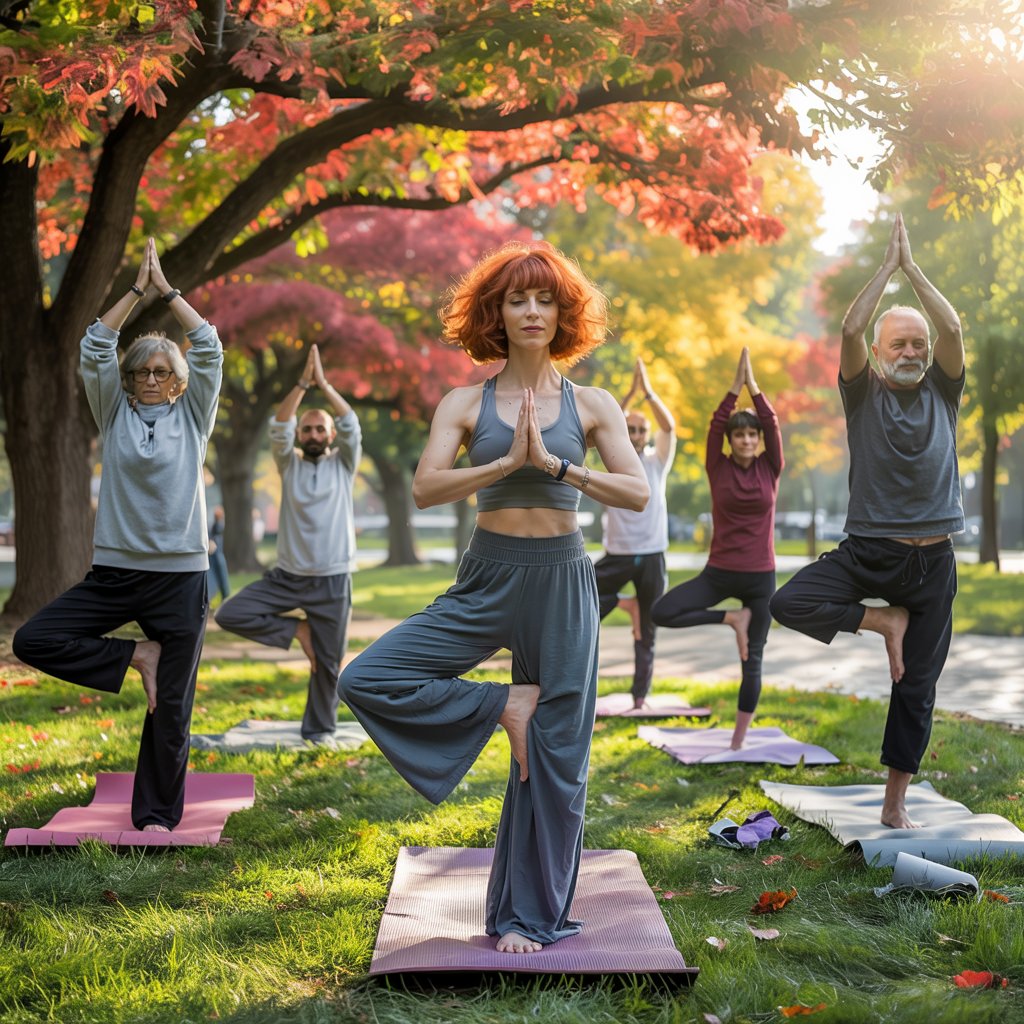
Empowering Low-Impact Workouts for Enduring Vitality
The Science of Low-Impact Workouts for Long-Term Health
Low-impact workouts provide a balanced and accessible route to fitness, prioritizing sustainability and long-term health. These exercises deliver solid results but with less risk than high-intensity sessions. One noteworthy advantage of low-impact activity is boosting muscle strength and cardiovascular health while easing joint stress. Studies reveal that these workouts help lower the likelihood of chronic ailments and injuries, making them a wise choice for many.
Delving into the science, we see how low-impact movements effectively activate muscle fibers without putting undue stress on the body’s structural framework. This approach not only enhances endurance but also fosters a fitness routine that is sustainable over time. Activities such as walking, swimming, and yoga stand out as prime examples of exercises that find harmony between physical exertion and recovery, suiting everyone from beginners to seasoned fitness enthusiasts.
Learning more about building muscular endurance highlights the significance of progressive overload in reinforcing strength safely. Through this method, a careful blend of physics and physiology aids recovery by decreasing inflammation and minimizing joint degradation. This combination supports short-term fitness achievements and cultivates lasting health. Explore the essence of low-impact workouts to embrace ongoing physical well-being.
Designing Your Ideal Low-Impact Workout Routine
Creating a personalized low-impact workout plan is about balance and adapting to your needs. Focus on mixing various movements that offer gentle, ongoing challenges. Find activities you enjoy, ensuring sustainability over time. Think about adding swimming, cycling, or Pilates, all of which enhance strength and flexibility without overloading your joints.
Success in low-impact workouts hinges on incorporating core stability, endurance, and flexibility exercises. By blending these elements, you can craft a progressive fitness strategy tailored to your goals and preferences. Keep your routine fresh by updating it regularly to maintain enthusiasm and drive continued progress. Track your progress to stay motivated and identify areas that need attention. Rotate through activities like gentle aerobics and dynamic yoga, making gradual tweaks for substantial results.
To add variety, try integrating dynamic balance exercises within your routine. The aim is to create a lasting plan that nurtures both physical and mental health, setting the foundation for a lifetime of strength and resilience.
The Psychological Benefits of Low-Impact Workouts
Low-impact routines such as yoga, tai chi, and walking offer significant mental benefits, helping to shape a healthier mind along with a healthier body. Engaging in these exercises promotes a meditative state, allowing mental focus and an escape from stress and anxiety, which supports a resilient emotional state and sharper problem-solving skills.
These workouts trigger the release of endorphins, the hormones that help enhance mood and stabilize emotions naturally. The gentle nature of movements encourages mindfulness, aiding in a deeper connection with oneself and one’s surroundings. Consistent practice can boost self-confidence and self-esteem as individuals gradually extend their physical limits.
Mind and body unity through calm exercises fosters long-term wellness by building a foundation of resilience and tranquility. Investing in low-impact routines addresses both physical health and mental balance, leading to holistic vitality.
Overcoming Barriers and Staying Motivated
Dealing with obstacles to regular exercise means tackling both physical and mental challenges. Begin by recognizing personal limitations, like limited time or self-doubt. To form a habit of low-impact workouts like Pilates or Tai Chi, exercise patience and self-kindness.
A major motivator is how flexible low-impact exercises can be—they can be adjusted to fit different energy levels or schedules, providing needed flexibility. Building a supportive community boosts commitment. Share goals with friends to form a network of encouragement and responsibility.
Setting small, achievable targets fosters a sense of accomplishment. Celebrate progress, no matter how small, as it keeps you moving forward. Keeping a record, whether in a journal or app, serves as a visual reminder of how far you’ve come. Stay driven by understanding the scientific perks of regular practice, helping fuel your determination.
Lastly, make your routine enjoyable. Experiment with a range of low-impact activities until you find those that resonate. With a positive, mindful approach, motivation becomes a rewarding journey instead of a chore.
Integrating Wellness into Everyday Life
Integrating wellness into daily routines goes beyond structured workouts; it involves adopting a lifestyle that includes natural movement. Finding simple, everyday ways to stay active can significantly improve your overall health.
Focus on minor lifestyle tweaks, like opting for stairs over elevators or standing during phone calls. Such changes contribute to a more active day. Consider establishing a morning practice, like five minutes of stretching, to energize your body. These habits support long-term physical health, setting the stage for engaging in more challenging activities down the line.
Gradually work on building core stability, as a strong core boosts overall health, prevents injury, and enhances movement efficiency. If you spend time at a desk, take breaks to do core exercises, boosting energy and improving posture.
Creating and maintaining healthy habits takes time and consistency. Celebrate your progress towards an active lifestyle, keeping in mind that even small changes have a significant impact on your well-being over time. Remember, lasting improvements come from daily choices made with intention and joy, leading to a more vibrant and fulfilling life.






